- ‘Robin Hood’: How to stream the new MGM+ series SFGATE
- MGM+’s Robin Hood Fleshes Out the Familiar Legend in Thrilling New Ways Paste Magazine
- Sunday TV: Here Comes a New Robin Hood Roger Catlin
- Robin Hood creators reveal why Amazon’s MGM+…
Category: 5. Entertainment
-
‘Robin Hood’: How to stream the new MGM+ series – SFGATE
-
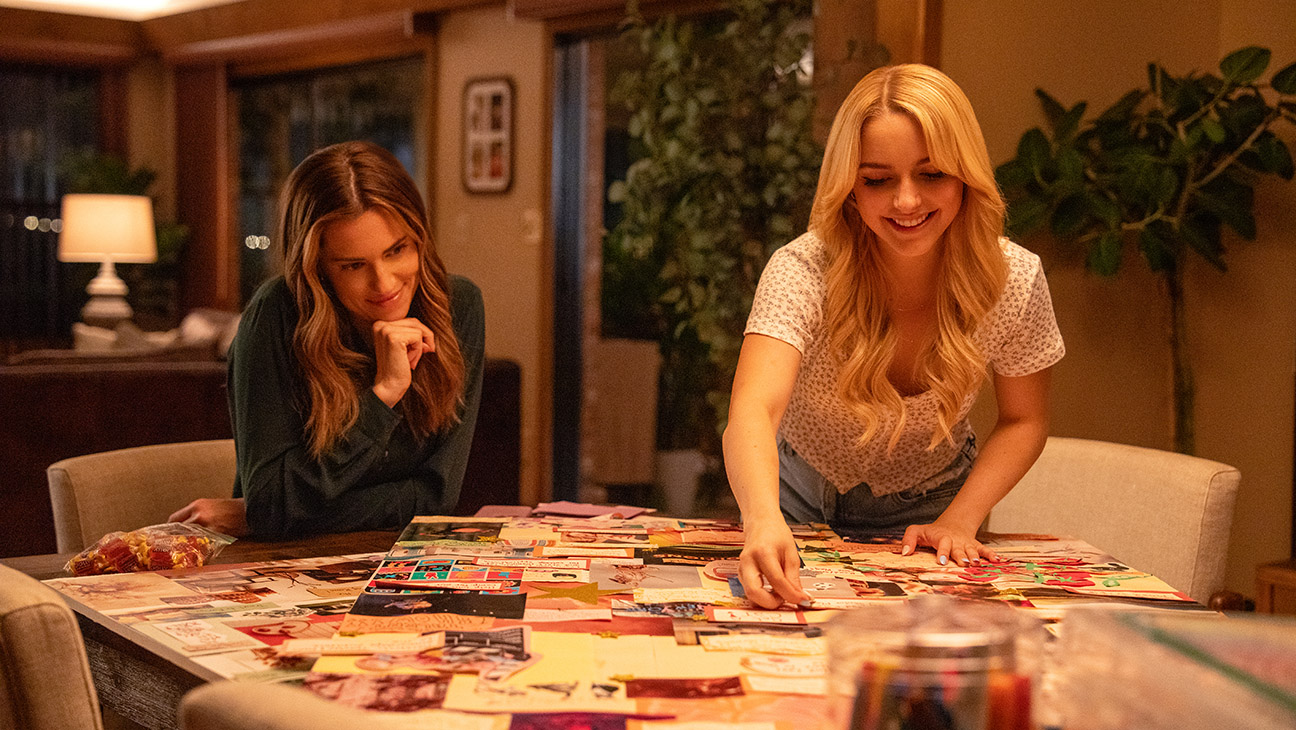
Regretting You Tops Worst Halloween in 31 Years
Paramount and Constantin Films’ romance-drama Regretting You — the second Colleen Hoover book adaptation to hit the big screen after It Ends With Us — is proclaiming itself the victor of this year’s Halloween box office…
Continue Reading
-
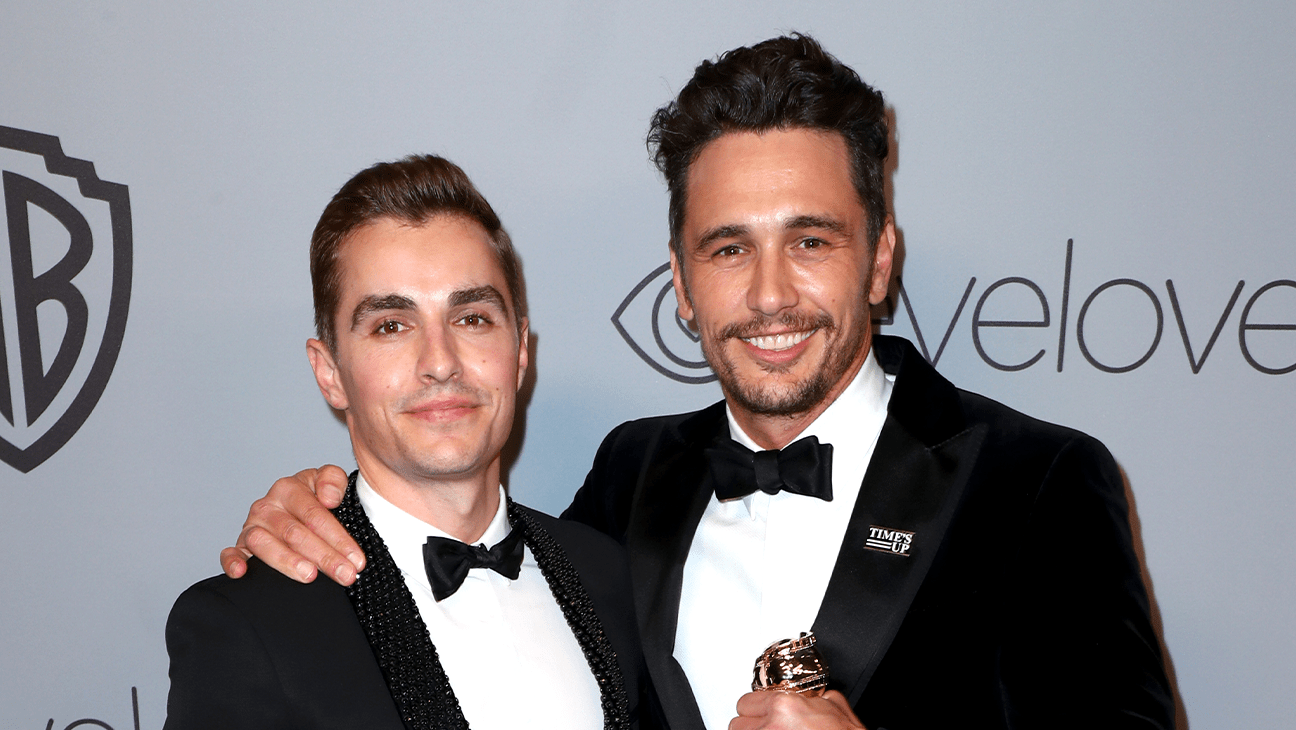
Dave Franco Doesn’t Attribute Success to Being James Franco’s Brother
Dave Franco acknowledges that he did benefit from a nepo-sibling situation when it came to his career, but that it wasn’t the only reason for his success in Hollywood.
While the actor has gone on to make a name for himself, he recalls…
Continue Reading
-

Today’s NYT Connections Hints, Answers for Nov. 3 #876
Looking for the most recent Connections answers? Click here for today’s Connections hints, as well as our daily answers and hints for The New York Times Mini Crossword, Wordle, Connections: Sports Edition and Strands puzzles.
Today’s NYT
Continue Reading
-

Maurizio Cattelan’s Gold Toilet Can Soon Be Yours
Exactly one year after “Comedian” (2019), the cursed banana duct-taped to the wall, went under the hammer at Sotheby’s and down Chinese crypto billionaire Justin Sun’s gullet for a whopping $6.2…
Continue Reading
-

Today’s NYT Wordle Hints, Answer and Help for Nov. 3 #1598- CNET
Looking for the most recent Wordle answer? Click here for today’s Wordle hints, as well as our daily answers and hints for The New York Times Mini Crossword, Connections, Connections: Sports Edition and Strands puzzles.
Today’s Wordle puzzle is…
Continue Reading
-
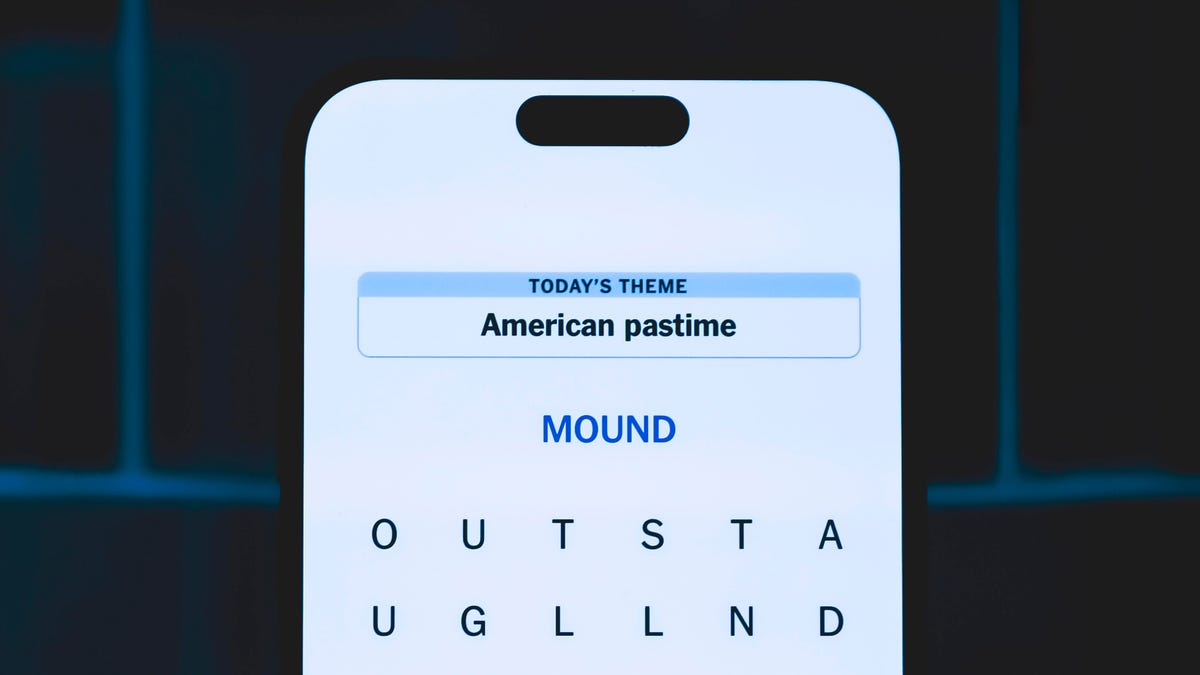
Today’s NYT Strands Hints, Answer and Help for Nov. 3 #610
Looking for the most recent Strands answer? Click here for our daily Strands hints, as well as our daily answers and hints for The New York Times Mini Crossword, Wordle, Connections and Connections: Sports Edition puzzles.
Today’s NYT
Continue Reading
-
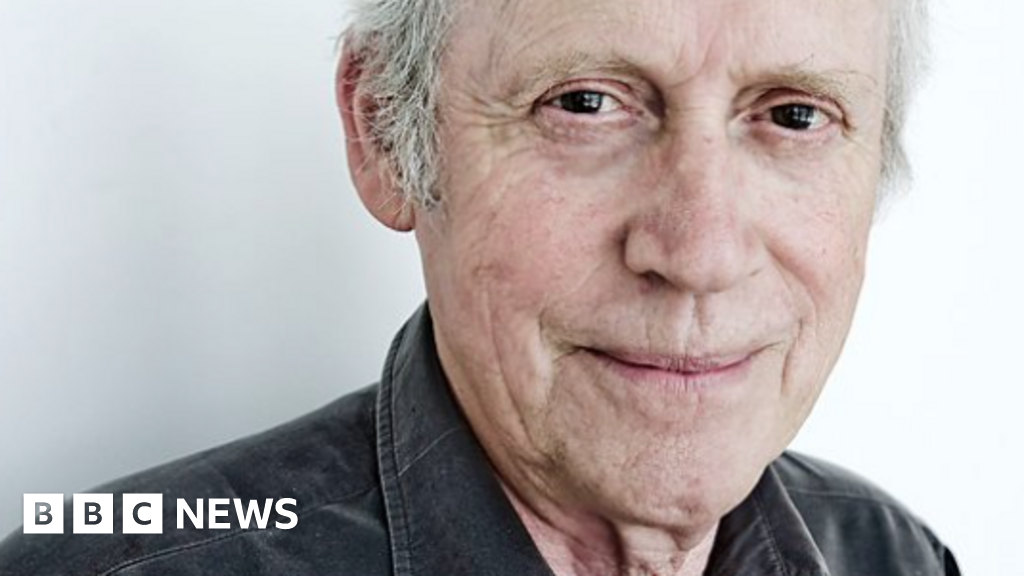
Folk musician and BBC presenter Archie Fisher dies aged 86
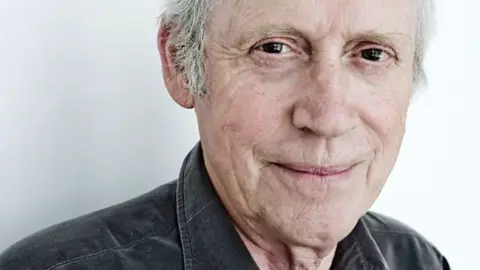 BBC
BBCArchie Fisher presented BBC Radio Scotland’s Travelling Folk from 1983 to 2010 Folk musician and former BBC Scotland presenter Archie Fisher has died at the age of 86.
The singer, songwriter and guitarist had presented BBC Radio Scotland’s…
Continue Reading
-
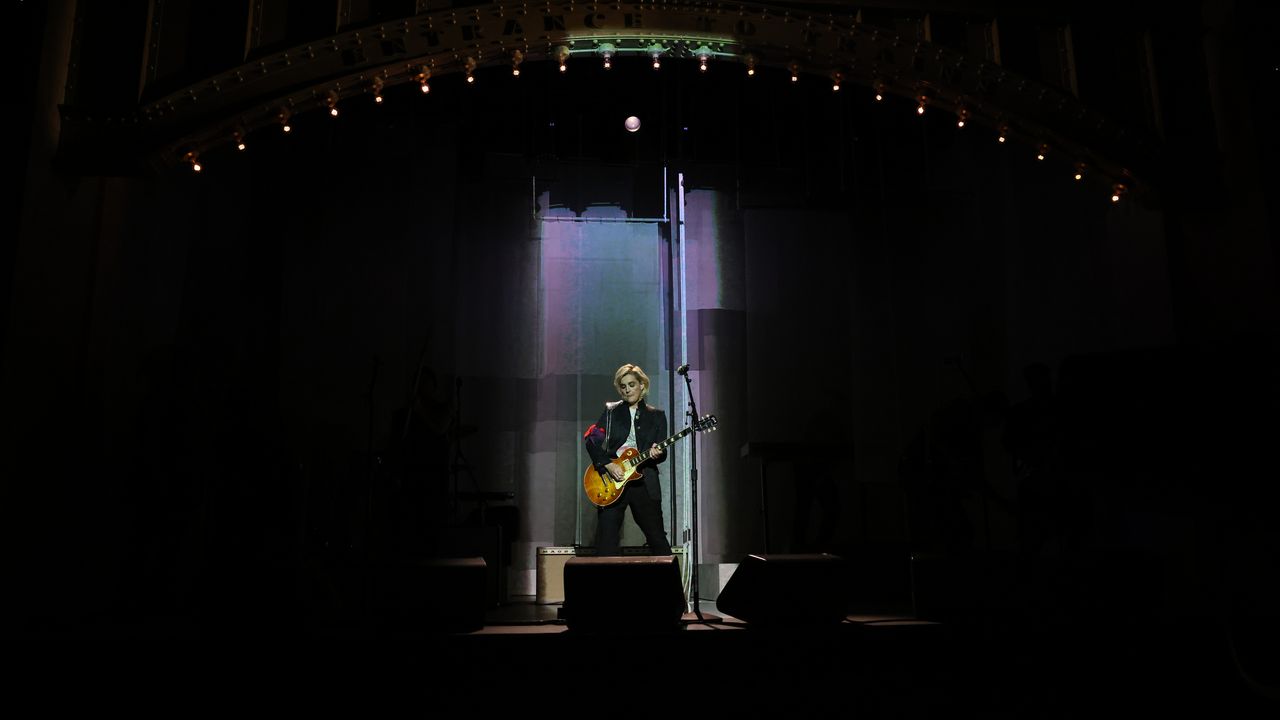
Watch Brandi Carlile Play Songs From New Album on Saturday Night Live
Brandi Carlile was the musical guest on last night’s episode of Saturday Night Live, hosted by Miles Teller. Backed by a full band, Carlile performed two songs from her new album Returning To Myself, “Church & State” and “Human.” During…
Continue Reading
-
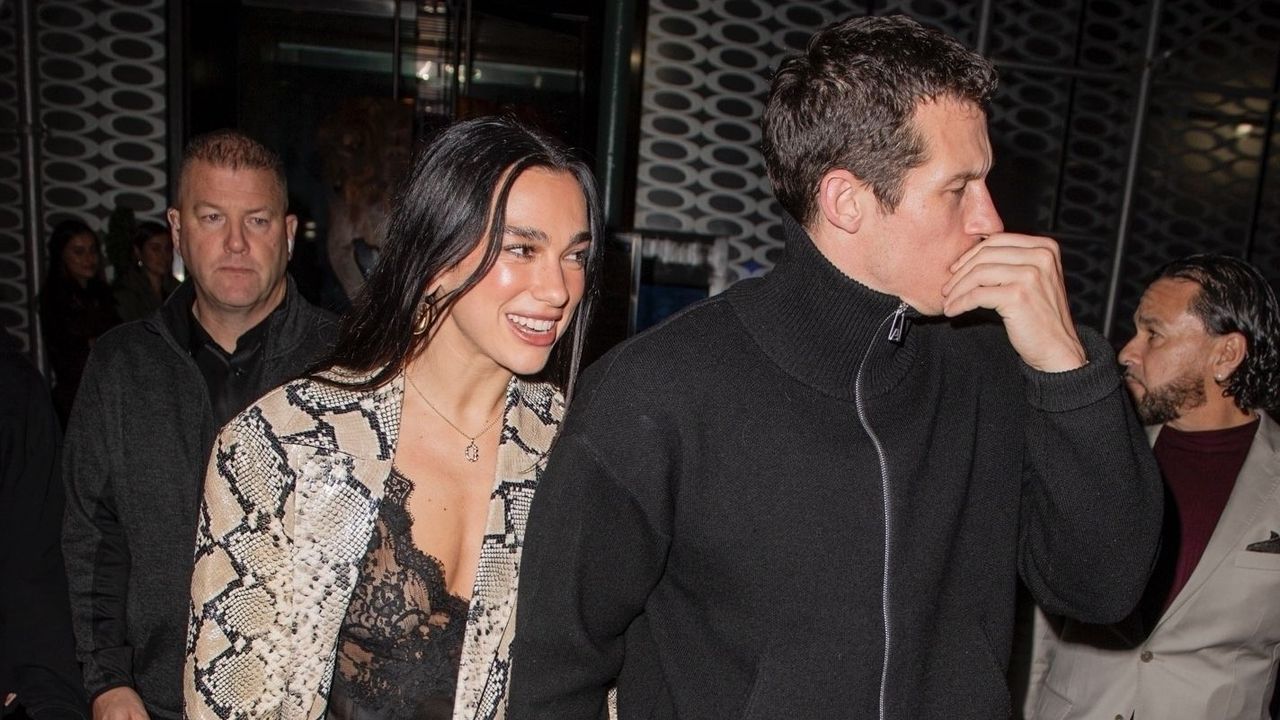
Dua Lipa and Callum Turner Do Date Night Like the Biebers
If you were in New York City last night, you had a chance of spotting Dua Lipa and Callum Turner partaking in a romantic date night. The couple—who got engaged this summer—hit up a Saturday Night Live after-party together, where stars like…
Continue Reading